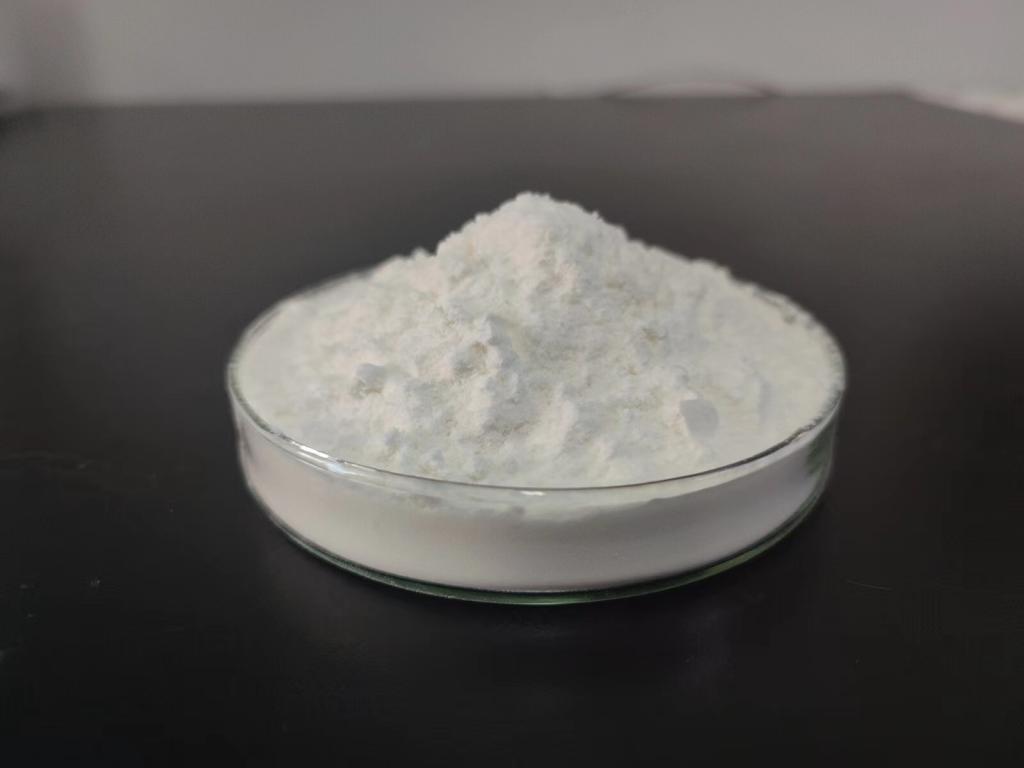Tel:+8618231198596

News
 CONTACT
CONTACT
 CONTACT
CONTACT
- Linkman:Linda Yao
- Tel: +8618231198596
- Email:linda.yao@dcpharma.cn
- Linkman:CHARLES.WANG
- Department:Overseas
- Tel: 0086 0311-85537378 0086 0311-85539701
News
Current Position:
Home >
News
>ε-Polylysine Hydrochloride's Role in Promoting Food Equity and Accessibility.
ε-Polylysine Hydrochloride's Role in Promoting Food Equity and Accessibility.
TIME:2023-10-20
I. Introduction
1.1. The Challenge of Food Equity and Accessibility
Access to safe, nutritious, and affordable food is a fundamental human right, yet it remains an elusive goal for millions around the world. Food equity and accessibility are at the heart of the global challenge to eliminate hunger and malnutrition, promote health, and ensure a sustainable food system.
1.2. ε-Polylysine Hydrochloride as a Catalyst for Change
In the pursuit of solutions, ε-Polylysine Hydrochloride has emerged as a versatile and effective tool. This natural food additive, derived from microbial fermentation, plays a crucial role in improving food accessibility by enhancing food safety, extending shelf life, and reducing food waste. This article delves into the science and applications of ε-Polylysine Hydrochloride, shedding light on how it contributes to a more equitable and accessible food system.
II. ε-Polylysine Hydrochloride: A Sustainable Food Preservative
2.1. Origins and Properties
ε-Polylysine Hydrochloride is a naturally derived food-grade polymer obtained through microbial fermentation, primarily from strains of Streptomyces albulus. Its molecular structure comprises repeated lysine amino acids, giving it unique properties, including antimicrobial activity against a wide range of microorganisms. These properties make it an effective food preservative.
2.2. Mechanisms of Action
The primary mechanism of ε-Polylysine Hydrochloride's action is its ability to inhibit the growth of microorganisms, particularly bacteria and molds. By targeting the cell membranes of these microorganisms, it disrupts their structure and integrity, ultimately leading to cell death. This preservation mechanism contributes to food safety, reduces food waste, and ensures food accessibility.
III. Enhancing Food Accessibility
3.1. Food Safety and Longevity
One of the primary ways ε-Polylysine Hydrochloride enhances food accessibility is by extending the shelf life of food products. By inhibiting the growth of spoilage and pathogenic microorganisms, it ensures that food remains safe and of high quality for extended periods, even in challenging environments. This is particularly important for communities with limited access to refrigeration or consistent food supply.
3.2. Reducing Food Waste
Food waste is a significant barrier to food accessibility. By minimizing food spoilage and loss through its preservation capabilities, ε-Polylysine Hydrochloride contributes to a more sustainable and equitable food system. This reduction in waste ensures that more food reaches those in need, particularly in food-insecure regions.
IV. Ensuring Food Safety
4.1. Preventing Foodborne Illnesses
Foodborne illnesses pose a substantial threat to food safety and accessibility. ε-Polylysine Hydrochloride plays a pivotal role in preventing foodborne illnesses by inhibiting the growth of harmful pathogens, such as Listeria and Salmonella. This enhanced food safety ensures that food products are not only accessible but also safe for consumption, reducing health risks.
4.2. Enabling Preservation in Challenging Environments
In regions with limited access to modern food preservation methods, ε-Polylysine Hydrochloride's effectiveness in extending shelf life is particularly valuable. It enables the preservation of food products in challenging environments, ensuring they remain safe and accessible even in remote or resource-constrained areas.
V. Sustainable and Equitable Applications
5.1. Fresh Produce
Fresh fruits and vegetables are vital components of a nutritious diet, but their shelf life is often limited. ε-Polylysine Hydrochloride can be applied to extend the shelf life of fresh produce, ensuring that it remains safe and accessible, especially in regions where access to fresh produce is limited.
5.2. Humanitarian Aid and Emergency Relief
In humanitarian crises and emergency relief efforts, ensuring food safety and accessibility is paramount. ε-Polylysine Hydrochloride can be a valuable tool in preserving food supplies, preventing foodborne illnesses, and making food more readily available to those in need.
VI. Conclusion
In conclusion, ε-Polylysine Hydrochloride serves as a powerful catalyst for promoting food equity and accessibility. Its role in enhancing food safety, extending shelf life, and reducing food waste contributes to a more equitable and sustainable food system. By understanding the origins, properties, and mechanisms of ε-Polylysine Hydrochloride, we can appreciate its potential to make a significant impact in the fight against hunger and malnutrition. As we move forward, the responsible use of this natural food additive can help build a more accessible and equitable world, where safe and nutritious food is within reach for all.
- Tel:+8618231198596
- Whatsapp:18231198596
- Chat With Skype







